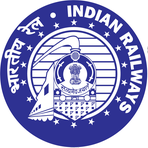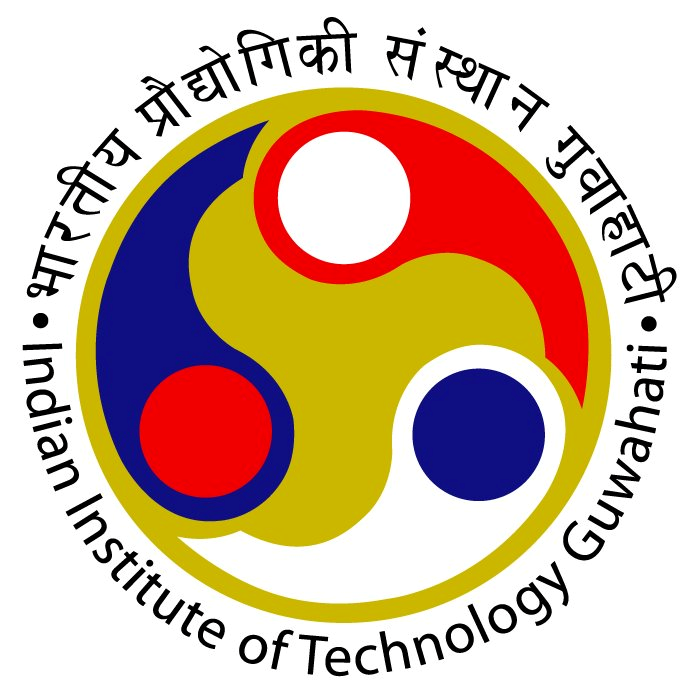Powering the Future: India’s Bold Steps in Energy and Infrastructure
November 25, 2024, 4:34 am

Location: India, Delhi
Employees: 5001-10000
Founded date: 1989
Total raised: $109.7M
India stands at a crossroads. The nation is poised to redefine its energy landscape and infrastructure framework. Recent developments signal a commitment to innovation, sustainability, and efficiency. The recent handover of the High-Voltage Direct Current (HVDC) project from REC Limited to Power Grid Corporation of India Limited (PGCIL) is a pivotal moment. This transfer is not just a bureaucratic maneuver; it’s a leap toward a robust power transmission network.
The HVDC project is a cornerstone of India’s inter-state transmission system (ISTS). It promises to transport electricity over long distances with minimal losses. Think of it as a superhighway for electricity, designed to connect remote power generation sites with urban demand centers. This system is crucial for balancing regional energy needs and integrating renewable sources into the grid.
The strategic importance of this project cannot be overstated. It allows for the seamless transfer of renewable energy from solar and wind farms to consumption zones. As India pushes for a greener future, the HVDC system becomes a vital tool in the energy transition. It enhances the grid's reliability and efficiency, paving the way for a sustainable energy ecosystem.
Meanwhile, NTPC, India’s largest energy utility, is making waves with its plans for a green hydrogen plant in Gujarat. This initiative is a game-changer. By utilizing seawater and renewable energy, NTPC aims to produce one tonne of green hydrogen per day. This project not only supports India’s National Hydrogen Mission but also positions Gujarat as a hub for green hydrogen innovation.
The plant will leverage advanced desalination technology, marking a first in India. It’s a bold step toward reducing reliance on freshwater resources for hydrogen production. This project embodies the spirit of innovation, showcasing how technology can drive sustainability. The potential applications for green hydrogen are vast, from refining to steel production. It opens doors for India to become a global player in the green hydrogen market.
On the transportation front, the Northeast Frontier Railway’s collaboration with IIT Guwahati is a significant stride toward modernization. This partnership aims to enhance safety, efficiency, and sustainability in railway operations. By tapping into IIT Guwahati’s technological expertise, the railway sector can embrace automation and digitization. This is akin to giving the railways a technological facelift, ensuring they are equipped for the future.
The Railway Board’s ambitious plans for the Danapur Division further illustrate this commitment to modernization. Upgrading infrastructure to accommodate increased passenger and freight traffic is essential. Enhanced station facilities and advanced signaling systems will create a safer and more efficient travel experience. These improvements are not just about aesthetics; they are about operational efficiency and passenger satisfaction.
In Southern India, key rail projects are gaining momentum. These initiatives aim to connect major ports with industrial hubs, enhancing trade efficiency. By linking Chennai, Ennore, and Krishnapatnam, the railways are set to streamline cargo transportation. This is vital for reducing logistics costs and boosting regional economic integration. The construction of new rail lines and the electrification of existing tracks are steps toward a more sustainable rail network.
The government’s PM Gati Shakti Plan underpins these efforts. It aims to modernize logistics and enhance connectivity across the nation. With significant investments from both Indian Railways and private stakeholders, these projects are set to transform the logistics landscape. The adoption of smart signaling systems and automated cargo handling facilities will further enhance operational efficiency.
The ripple effects of these infrastructure upgrades are profound. They promise to reduce transit times and lower freight costs, making Indian ports more competitive on a global scale. By facilitating faster access to international markets, these projects will support export-driven industries in Southern India. This is not just about transportation; it’s about economic growth and regional development.
As India embarks on this journey of transformation, the focus on sustainability remains paramount. The integration of renewable energy sources into the grid and the push for green hydrogen are testament to this commitment. These initiatives are not isolated; they are part of a larger vision for a resilient and eco-friendly future.
In conclusion, India is charging ahead with bold initiatives in energy and infrastructure. The HVDC project, NTPC’s green hydrogen plant, and the modernization of railways are all pieces of a larger puzzle. Together, they form a cohesive strategy to enhance connectivity, promote sustainability, and drive economic growth. As the nation embraces innovation, the future looks bright. India is not just keeping pace; it is setting the pace for a sustainable and prosperous tomorrow.
The HVDC project is a cornerstone of India’s inter-state transmission system (ISTS). It promises to transport electricity over long distances with minimal losses. Think of it as a superhighway for electricity, designed to connect remote power generation sites with urban demand centers. This system is crucial for balancing regional energy needs and integrating renewable sources into the grid.
The strategic importance of this project cannot be overstated. It allows for the seamless transfer of renewable energy from solar and wind farms to consumption zones. As India pushes for a greener future, the HVDC system becomes a vital tool in the energy transition. It enhances the grid's reliability and efficiency, paving the way for a sustainable energy ecosystem.
Meanwhile, NTPC, India’s largest energy utility, is making waves with its plans for a green hydrogen plant in Gujarat. This initiative is a game-changer. By utilizing seawater and renewable energy, NTPC aims to produce one tonne of green hydrogen per day. This project not only supports India’s National Hydrogen Mission but also positions Gujarat as a hub for green hydrogen innovation.
The plant will leverage advanced desalination technology, marking a first in India. It’s a bold step toward reducing reliance on freshwater resources for hydrogen production. This project embodies the spirit of innovation, showcasing how technology can drive sustainability. The potential applications for green hydrogen are vast, from refining to steel production. It opens doors for India to become a global player in the green hydrogen market.
On the transportation front, the Northeast Frontier Railway’s collaboration with IIT Guwahati is a significant stride toward modernization. This partnership aims to enhance safety, efficiency, and sustainability in railway operations. By tapping into IIT Guwahati’s technological expertise, the railway sector can embrace automation and digitization. This is akin to giving the railways a technological facelift, ensuring they are equipped for the future.
The Railway Board’s ambitious plans for the Danapur Division further illustrate this commitment to modernization. Upgrading infrastructure to accommodate increased passenger and freight traffic is essential. Enhanced station facilities and advanced signaling systems will create a safer and more efficient travel experience. These improvements are not just about aesthetics; they are about operational efficiency and passenger satisfaction.
In Southern India, key rail projects are gaining momentum. These initiatives aim to connect major ports with industrial hubs, enhancing trade efficiency. By linking Chennai, Ennore, and Krishnapatnam, the railways are set to streamline cargo transportation. This is vital for reducing logistics costs and boosting regional economic integration. The construction of new rail lines and the electrification of existing tracks are steps toward a more sustainable rail network.
The government’s PM Gati Shakti Plan underpins these efforts. It aims to modernize logistics and enhance connectivity across the nation. With significant investments from both Indian Railways and private stakeholders, these projects are set to transform the logistics landscape. The adoption of smart signaling systems and automated cargo handling facilities will further enhance operational efficiency.
The ripple effects of these infrastructure upgrades are profound. They promise to reduce transit times and lower freight costs, making Indian ports more competitive on a global scale. By facilitating faster access to international markets, these projects will support export-driven industries in Southern India. This is not just about transportation; it’s about economic growth and regional development.
As India embarks on this journey of transformation, the focus on sustainability remains paramount. The integration of renewable energy sources into the grid and the push for green hydrogen are testament to this commitment. These initiatives are not isolated; they are part of a larger vision for a resilient and eco-friendly future.
In conclusion, India is charging ahead with bold initiatives in energy and infrastructure. The HVDC project, NTPC’s green hydrogen plant, and the modernization of railways are all pieces of a larger puzzle. Together, they form a cohesive strategy to enhance connectivity, promote sustainability, and drive economic growth. As the nation embraces innovation, the future looks bright. India is not just keeping pace; it is setting the pace for a sustainable and prosperous tomorrow.

